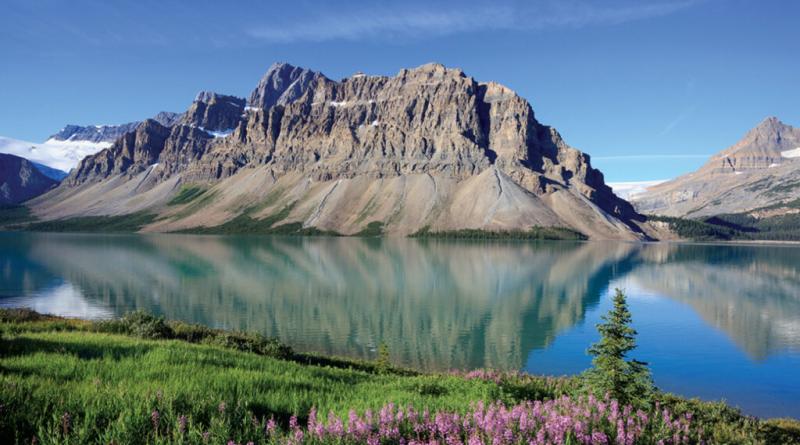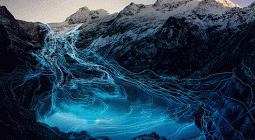Half the planet is still free from a significant human influence – and it should remain like that.

Conservationists call to expand the amount of land formally protected.
About half of the Earth’s ice-free land remains free of significant influence from humans, according to a new study, which assessed the conversion of natural lands across the globe. The findings highlight the importance of protecting the world’s ecosystems from human impacts.
As human populations and economies have expanded, so too has our footprint on natural environments, with vast amounts of land used for agriculture and extractive activities. Only 15% of Earth’s land surface is now formally under protection, a figure that conservation organizations claim has to be largely increased.
Initial efforts to map human encroachment on natural environments can be traced back to the 1980s. But these first maps, while revolutionary, were crude due to both data and computing limitations — until now.
A team of researchers led by Jason Riggio at the University of California looked at four separate maps showing global human influence around the world at different times between 2009 and 2015. This helped them to create one composite global map highlighting areas where people have the least influence.
The four maps analyzed showed that between 20% and 34% of the Earth’s ice-free surface has a very low human influence, while between 48% and 56% of the global surface has a low human influence. Three of the four maps analyzed suggest that 46% of the world’s surface that is covered in non-permanent ice has a low human influence.
Among the largest low-impact areas are broad stretches of boreal forests and tundra across northern Asia and North America and vast deserts like the Sahara in Africa and the Australian Outback. These areas tend to be colder and/or drier and less fit for agriculture.
Worrisomely, less than 1% of temperate grasslands, tropical coniferous forests and tropical dry forests have very low human influence. Researchers also found that less than 1% of tropical grasslands, mangroves, and montane grasslands have a very low human influence.
“Though human land uses are increasingly threatening Earth’s remaining natural habitats, especially in warmer and more hospitable areas, nearly half of Earth still remains in areas without large-scale intensive use,” said in a statement co-author Erle Ellis, professor of geography at the University of Maryland-Baltimore County
The analysis suggests that “the overall trend is that we continue to lose natural landscapes and overall human influence is increasing globally”, said Riggio. Highlighting the few remaining areas on Earth with little human impact could also help governments and organizations to plan and prioritize which areas of the world to protect, he argued.
Biodiversity goals
The study aims to inform the upcoming global Convention on Biological Diversity (CDB), which aims to establish specific and ambitious targets to protect land and water ecosystems. The meeting was due to happen this year in China but was pushed to 2021 without a specific date due to the coronavirus pandemic.
The researchers argued that the current pandemic illustrates the importance of maintaining natural lands to separate animal and human activity. Studies have shown the likelihood that that SARS-CoV2, the virus that causes the disease COVID-19, is a zoonotic virus that jumped from animals to humans.
“Human risk to diseases like COVID-19 could be reduced by halting the trade and sale of wildlife, and minimizing human intrusion into wild areas,” said in a statement senior author Andrew Jacobson, professor of GIS and conservation at Catawba College in North Carolina.
Organizations such as Nature Needs Half and the Half-Earth Project are asking governments to commit to protecting 30% of the land and water by 2030 and 50% by 2050. Intact land can help purify air and water, recycle nutrients, break down waste products and pollinate plants, with a value estimated at trillions of dollars per year.
The study was published in the journal Global Change Biology.
12 June 2020
ZME SCIENCE




